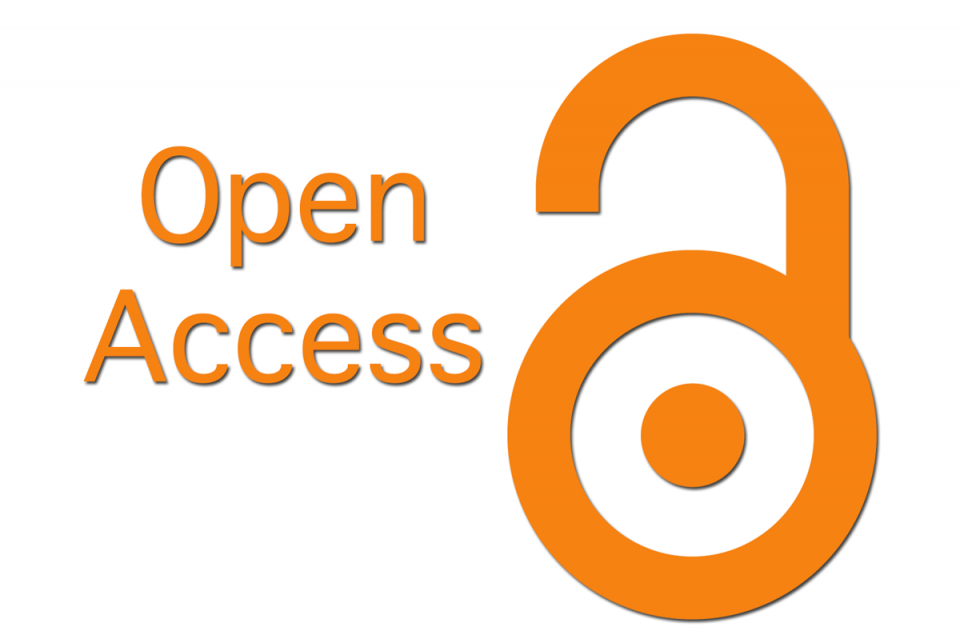Inquiry-Based Learning and Critical Thinking Skills of Higher Education Students in the Era of Revolution 5.0: A Meta-analysis
DOI:
https://doi.org/10.48047/eg8v8j77Keywords:
Inquiry Based Learning; Critical Thinking; Revolution 5.0; Meta-analysisAbstract
There are many studies on the inquiry-based learning model on the critical thinking ability of students in
universities in Indonesia. However, there has been no in-depth and accurate conclusion of inquiry-based
learning and critical development of students. This study aims to determine the influence of inquiry-based
learning and the development of students' critical thinking in STEM learning. In this study, 20 studies
obtained from google scholar were analyzed; ERIC; ScienceDirect, Wiley, Taylor of Francis, and Emerald
from 2021 to 2024 with a total of 1305 participants. The data analysis in this study was done with JSAP
0.16.3 software assistance. The effect size criteria in the study were determined with a confidence interval
of 95%. The results of this study concluded that the effect size value was obtained through a random effect
model, which was 1.049 (strong effect size). These findings show that the application of the inquiry-based
learning model has a significant influence on the development of students' critical thinking in STEM
learning. Inquiry-based learning is very effectively applied to students to improve the critical thinking of
university students in the era of the 5.0 revolution.
Downloads
Downloads
Published
Issue
Section
License

This work is licensed under a Creative Commons Attribution 4.0 International License.
You are free to:
- Share — copy and redistribute the material in any medium or format for any purpose, even commercially.
- Adapt — remix, transform, and build upon the material for any purpose, even commercially.
- The licensor cannot revoke these freedoms as long as you follow the license terms.
Under the following terms:
- Attribution — You must give appropriate credit , provide a link to the license, and indicate if changes were made . You may do so in any reasonable manner, but not in any way that suggests the licensor endorses you or your use.
- No additional restrictions — You may not apply legal terms or technological measures that legally restrict others from doing anything the license permits.
Notices:
You do not have to comply with the license for elements of the material in the public domain or where your use is permitted by an applicable exception or limitation .
No warranties are given. The license may not give you all of the permissions necessary for your intended use. For example, other rights such as publicity, privacy, or moral rights may limit how you use the material.








